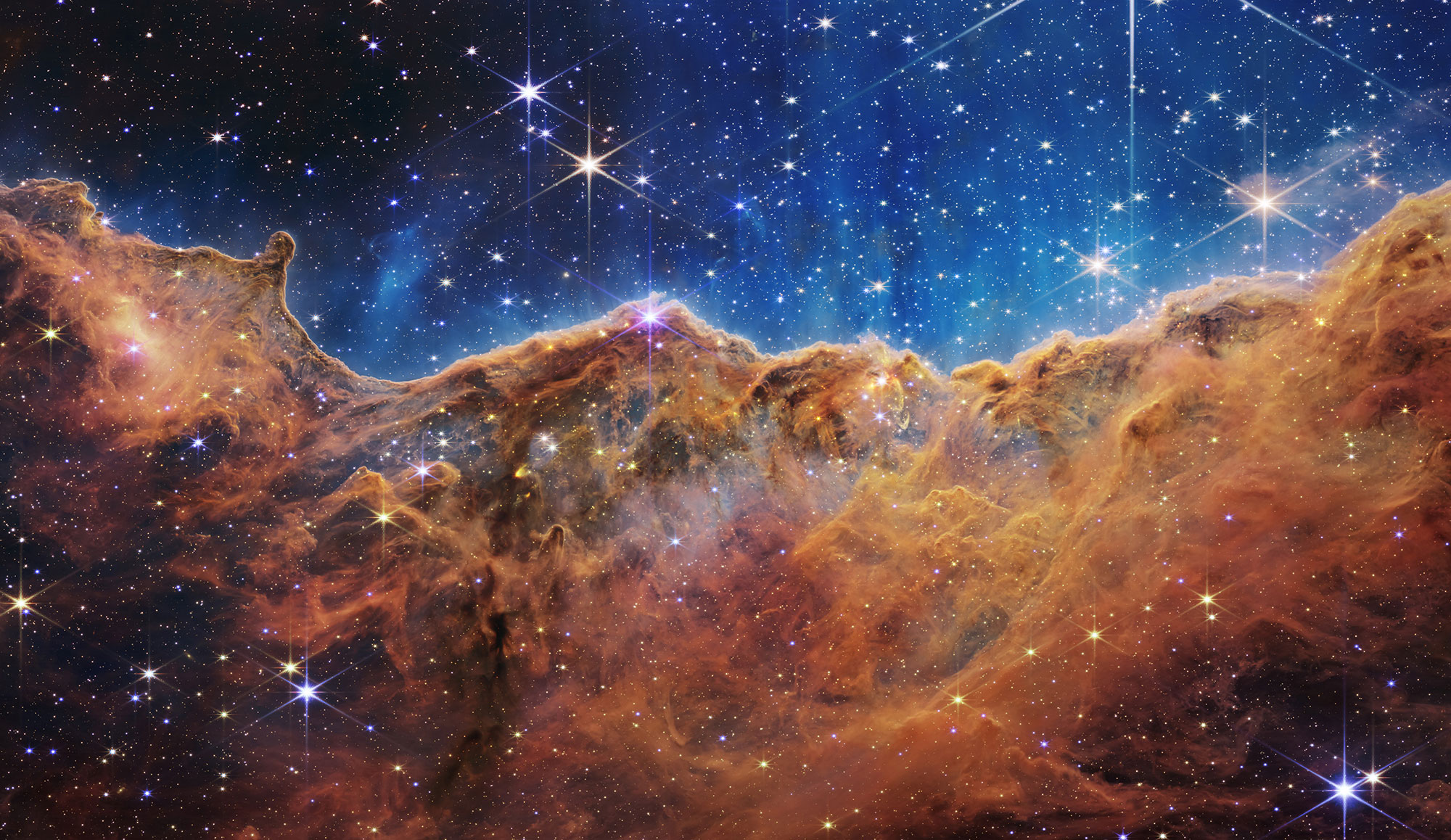For over 50 years now scientists have been trying to determine the climate conditions on Mars that facilitated the formation of fluvial features, aqueous minerals, and eroded terrains found on its surfaces that date to 3.7 Gy and beyond. The latest thinking is that percent levels of H2 and CH4 in a thick CO2 atmosphere could provide a solution even in the presence of the faint young sun. If this is the solution, then what are the sources of these reduced gases? Volcanism and serpentinization have been suggested but our research suggests that impacts might also play a role.
Impactors carry reduced materials, mainly organics and ferrous iron, that can be oxidized by water and CO2 in the hot thermal plume following an impact leaving the atmosphere enriched in reduced gases (see Figure 1). We estimate that the required percent levels of H2 can easily be generated by a large impactor (> 100 km) in a 2 bar CO2 atmosphere. Since H2 is lost by atmospheric escape, the post-impact warm period may last for many 10s-100s of thousands of years, which is much longer than previously thought. Long enough, perhaps, to explain the water-related features mentioned above. We are using our legacy early Mars GCM to study the climate of thick CO2 atmospheres with percent levels of H2 to determine how warm it gets, how water is mobilized and transported around the planet, and if this process could play an important role in the early Mars climate system.






























